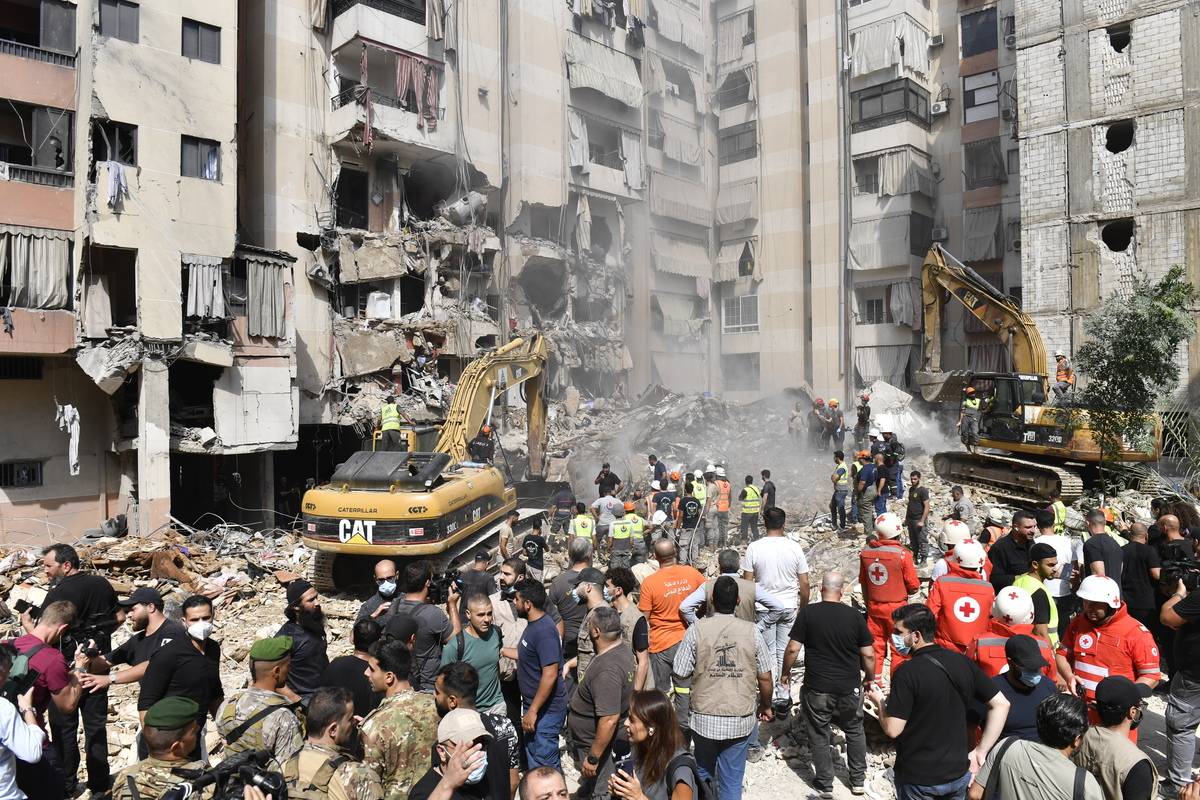Doomscrolling Teens: Breaking the Cycle of Climate Anxiety (and Finding Hope) 🌱🤝✨

“Doomscrolling feeds anxiety, but knowledge and community can build resilience.”
Why Are Teens So Anxious About Climate News?
If your teen seems overwhelmed by the endless stream of climate headlines, they're not alone. From catastrophic weather alerts to heated policy debates, today’s young people are growing up in a world where bad news is always a swipe away. This flood of negativity isn’t just information—it can create a cycle of anxiety, fear, and helplessness known as doomscrolling.
At Harvest & Harmony, we hear from parents and teens every week: “How can we keep hope alive when the news is so overwhelming?” Let’s break the cycle and find healthier ways forward—together.
What Is Doomscrolling?
Doomscrolling is the act of continuously consuming negative news—often late into the night—even when it causes distress. This behavior is especially common during times of crisis, and research shows teens are particularly vulnerable.
Want to learn how doomscrolling impacts mental health during global events? Read our Coping with Global Crisis – Mental Health Series.
And for more on how policy changes can amplify climate stress, see Supreme Court Fallout: EPA Ruling and Your Wellbeing.
Why Teens Are Especially Vulnerable
Teens are at a unique stage where brains are still developing—especially the parts that regulate emotion and risk. Add in social media, peer influence, and an endless supply of urgent headlines, and you have a recipe for chronic stress. According to the American Psychological Association, climate anxiety is now a leading concern among Gen Z.
Explore more about emotional regulation in our Window of Tolerance guide.
For more on how families can navigate crisis together, visit our Mental Crisis archive.
Signs Your Teen Is Doomscrolling
- Increased anxiety, irritability, or sadness after time on their phone or laptop
- Difficulty sleeping or constant fatigue
- Withdrawal from family, hobbies, or friends
- Preoccupation with “worst case scenario” thinking
- Reluctance to talk about their worries, or emotional shutdown
- Loss of hope about the future
If these sound familiar, you’re not failing as a parent—your teen is responding to a very real, very modern stressor.
How to Break the Doomscrolling Cycle
Here are practical, compassionate strategies for parents and teens:
- Open Communication: Start with empathy—ask what your teen is seeing, reading, and feeling. Avoid minimizing their concerns.
- Set Gentle Digital Boundaries: Encourage screen breaks, news-free zones, and healthy digital routines. Lead by example when possible.
- Practice Mindful Media: Curate your feeds. Follow hopeful and solution-oriented accounts—like our Inner Circle Club for positive news and exclusive updates.
- Encourage Agency: Help your teen find ways to take action: volunteering, writing to representatives, or participating in community projects.
- Support Their Mental Health: Don’t hesitate to reach out to a professional if anxiety feels unmanageable. Our Mental Health resources can help you get started.
For a deeper dive into eco-anxiety and resilience, revisit Coping with Global Crisis – Mental Health Series.
Turning Fear Into Hope: Positive News & Empowerment
Even in a sea of alarming headlines, there’s always room for hope. Share stories of young activists, scientific breakthroughs, and community wins. We’re building a special “Positive News” series just for our Inner Circle Club members. (Sign up to receive uplifting updates straight to your inbox!)
For a daily dose of optimism, try browsing Positive News and share your favorite stories with your teen.
Join the Inner Circle Club for exclusive positive news, resources, and parent guides—delivered straight to your inbox!
Further Reading & Resources
- Coping with Global Crisis – Mental Health Series
- Supreme Court Fallout: EPA Ruling and Your Wellbeing
- Understanding the Window of Tolerance
- Mental Crisis Series Index
- All Mental Health Articles
- All Parenting Articles
- APA: Coping with Climate Anxiety
- Positive News
Amber Evelyn is the founder of Harvest & Harmony, dedicated to helping families and communities find strength, hope, and resilience in a changing world. Learn more or join the Inner Circle Club here.
















.jpg)
.jpg)
.webp)





